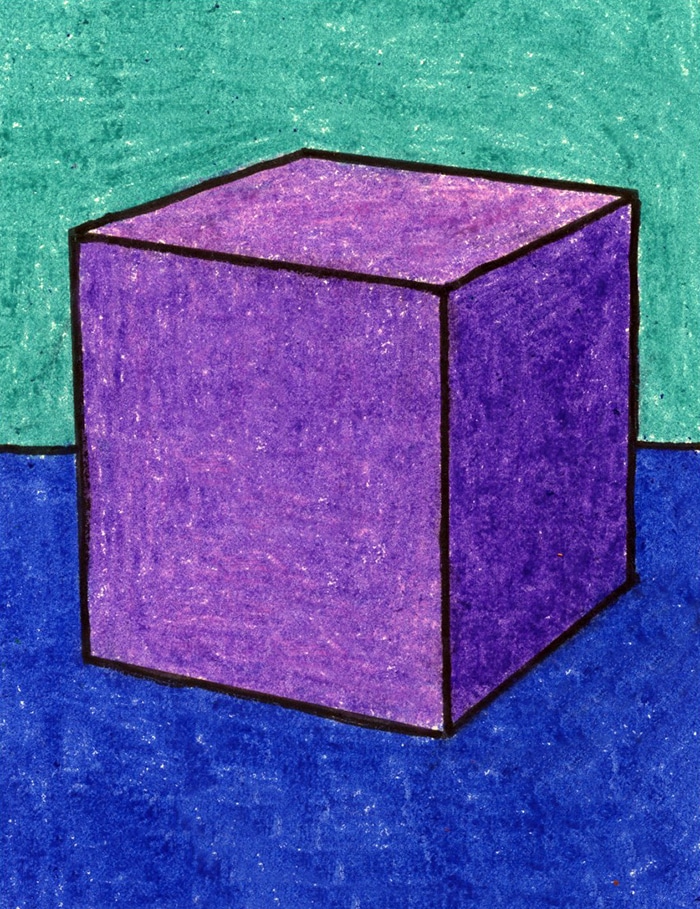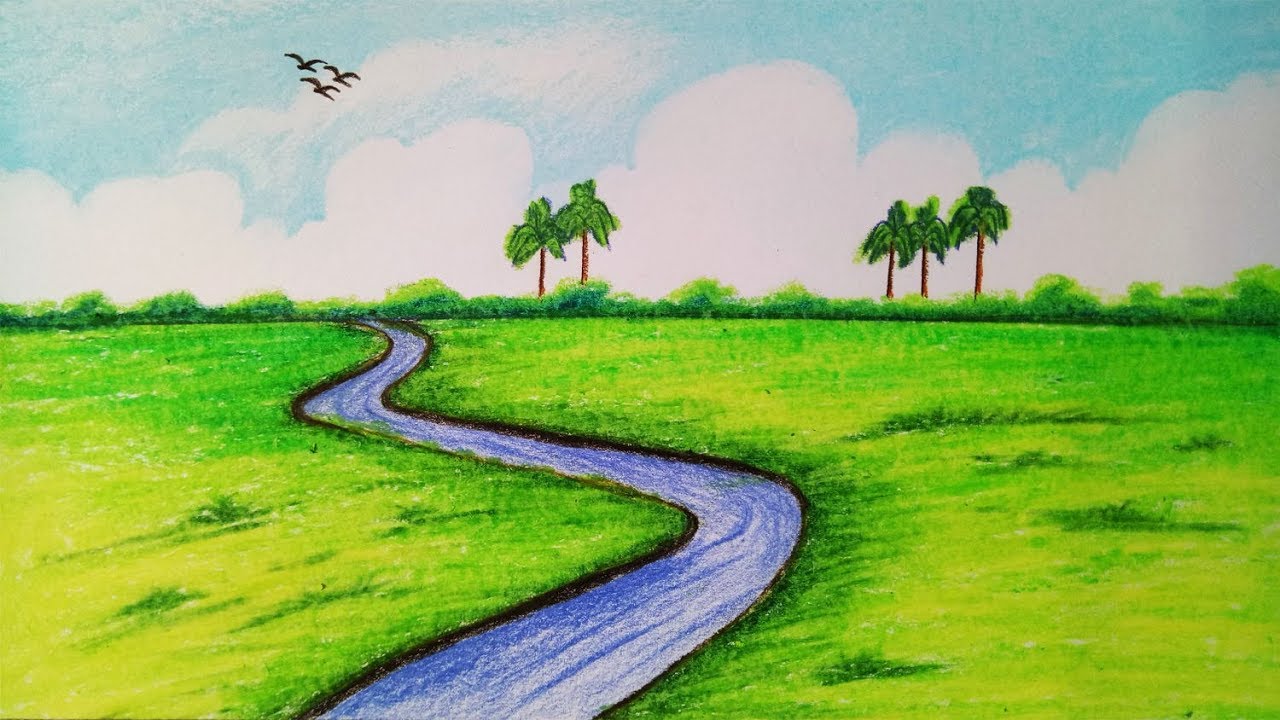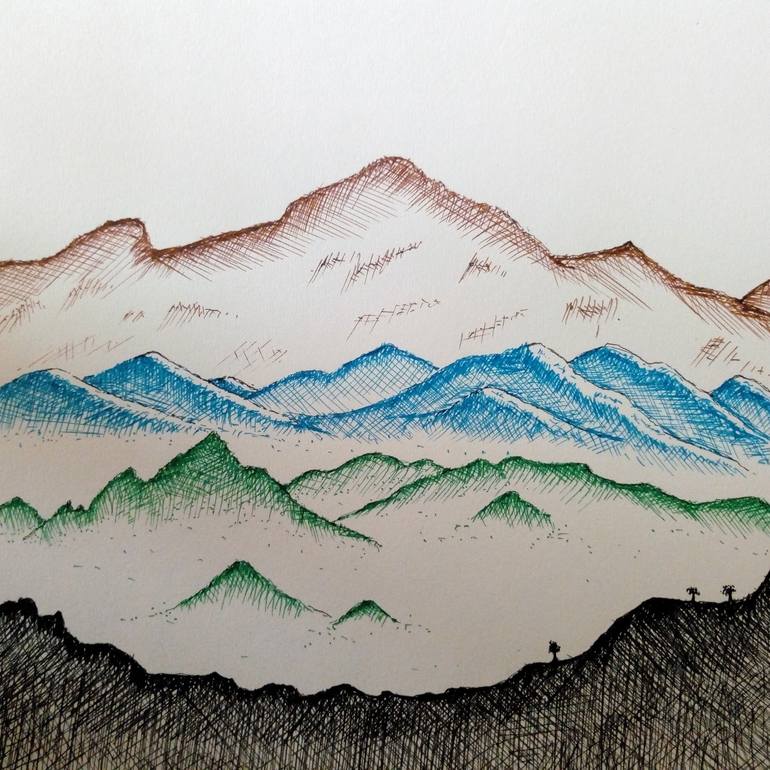How to draw a 3d cube in two point perspective in 2020
Table of Contents
Table of Contents
If you want to learn how to draw a floating cube, you’ve come to the right place. Drawing a floating cube is a fun and creative way to add depth and dimension to your artwork, but it can also be challenging. Whether you are a beginner or an experienced artist, this step-by-step guide will provide you with the techniques and tips you need to create an impressive drawing of a floating cube.
The Pain Points of Drawing a Floating Cube
Drawing a floating cube can be a difficult task for many artists. One of the biggest pain points is getting the perspective right. It can be challenging to make the cube appear as if it is actually floating in the air. Another common issue is getting the angles and lines of the cube to match up correctly. This can take practice and patience, but with the right techniques, anyone can learn how to draw a floating cube.
Step-by-Step Guide
To draw a floating cube, you will need a pencil, paper, and an eraser. Here are the steps to follow:
Step 1: Draw the Horizon Line
The first step is to draw a horizon line across your paper. This line represents the point where the sky and the ground meet. It’s important to make this line straight and level.
 #### Step 2: Draw the Vanishing Points
#### Step 2: Draw the Vanishing Points
Next, you need to draw two vanishing points on the horizon line. These points will determine the perspective of the cube. The farther apart the vanishing points, the more extreme the perspective will be.
 #### Step 3: Draw the Cube
#### Step 3: Draw the Cube
Now it’s time to draw the cube itself. Start by drawing a square in the center of your paper. Then, draw lines from the corners of the square to the vanishing points. This will create the illusion that the cube is floating in the air. Finally, draw additional lines to complete the cube. Be sure to erase any lines that overlap or are unnecessary.
 #### Step 4: Add Shading and Details
#### Step 4: Add Shading and Details
Once you have drawn the cube, you can add shading and details to make it appear more realistic. Use a pencil to shade the sides of the cube that are facing away from the light. You can also add highlights to the sides that are facing the light. Finally, add any additional details, such as reflections or shadows.
 Targeting the Right Techniques
Targeting the Right Techniques
One of the most important techniques for drawing a floating cube is mastering perspective. By understanding how to use vanishing points, you can create the illusion that the cube is floating in the air. It’s also important to pay attention to angles and lines to make sure that everything is matching up correctly. With practice and patience, you can develop these skills and create impressive drawings of floating cubes.
Tips and Tricks
If you want to take your floating cube drawings to the next level, here are a few tips and tricks:
- Experiment with different vanishing points to create different perspectives.
- Use a ruler or straight edge to ensure that your lines are straight and clean.
- Try shading with different drawing techniques, such as cross-hatching or stippling.
- Practice drawing cubes in different positions and angles to improve your skills.
Question and Answer
Here are some commonly asked questions about drawing a floating cube:
Q: Is it necessary to use vanishing points when drawing a floating cube?
A: Yes, using vanishing points is essential for creating the illusion that the cube is floating in the air. Without vanishing points, the cube may appear flat or two-dimensional.
Q: Can I draw a floating cube without any shading or details?
A: Yes, you can draw a simple floating cube without shading or details. However, adding these elements can make your drawing more dynamic and interesting to look at.
Q: How can I make my floating cube drawing look more realistic?
A: To make your floating cube drawing look more realistic, pay attention to shadows and reflections. Use shading to create the appearance of depth and volume.
Q: How long does it take to master drawing a floating cube?
A: The time it takes to master drawing a floating cube will vary from person to person. It may take several weeks or months of practice to develop the necessary skills and techniques.
Conclusion of How to Draw a Floating Cube
Drawing a floating cube can be a challenging but rewarding experience. By following these steps and tips, you can develop the necessary skills and techniques to create impressive drawings of floating cubes. Remember to practice regularly and experiment with different perspectives and techniques to improve your artwork.
Gallery
How To Draw A 3D Floating Cube - YouTube

Photo Credit by: bing.com / floating draw cube 3d drawing perspective drawings shading choose board
Amazing Floating Cube Illusion | Boing Boing

Photo Credit by: bing.com /
How To Draw A 3D Cube In Two-Point Perspective In 2020 | Perspective

Photo Credit by: bing.com /
How To Draw A Cube · Art Projects For Kids

Photo Credit by: bing.com / involves erasing artprojectsforkids
Step By Step Basic 3d Optical Illusion Drawing (floating Cube

Photo Credit by: bing.com / cube illusions steemit





